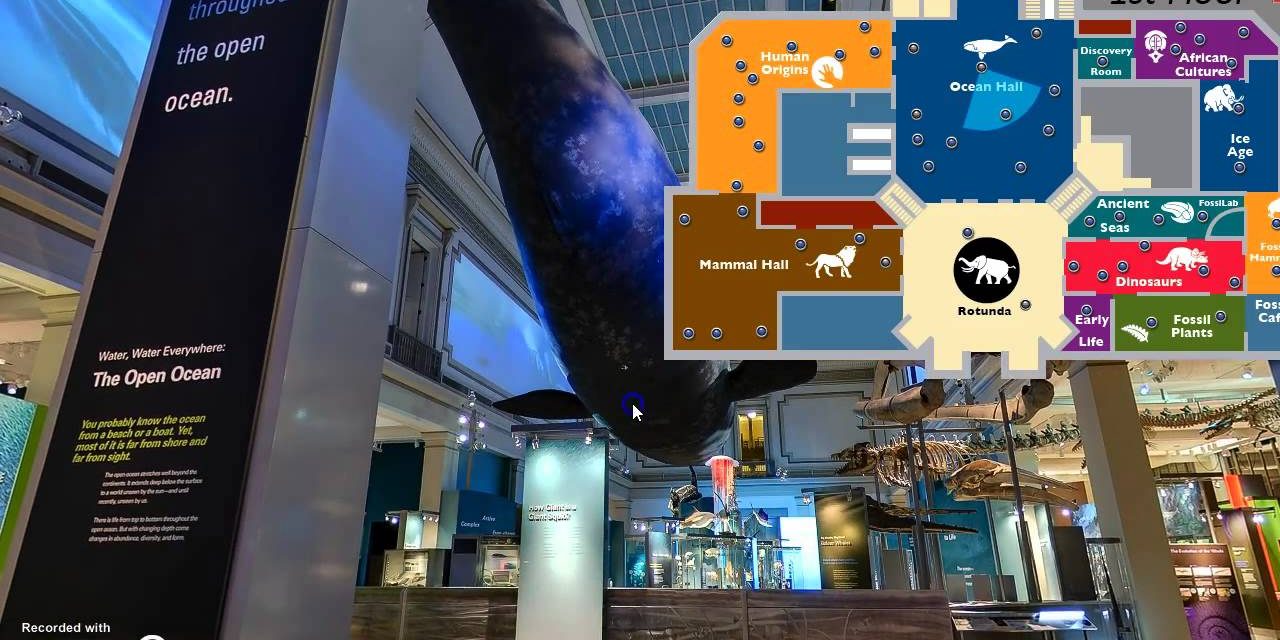Bring these exceptional museums to your students’ homes through these innovative online programs.
The ongoing global pandemic has forced educators to pivot their curricula to a virtual setting; lessons, tests and group projects have all shifted to an online format. More challenging to integrate into this new normal are field trips, which rely on tactile and practical experiences to reinforce what students are learning in the classroom. Fortunately, museums and historic sites across the nation have stepped up to the challenge and offer an entire portfolio of virtual and interactive experiences to offer your students. We profile some of the most comprehensive below.
Science and History in Washington, D.C.
A staple of Washington, D.C. itineraries for its immense science and archaeology collections, the Smithsonian Museum of Natural History offers over 150 learning stations that teachers can use depending on the day’s subject. Participants can virtually tour permanent exhibits like the David H. Koch Hall of Fossils and African Mammal Hall and read artifact placards that particularly interest them. Students can also explore the red-bricked Smithsonian Castle and adjoining Hirshhorn Sculpture Garden.
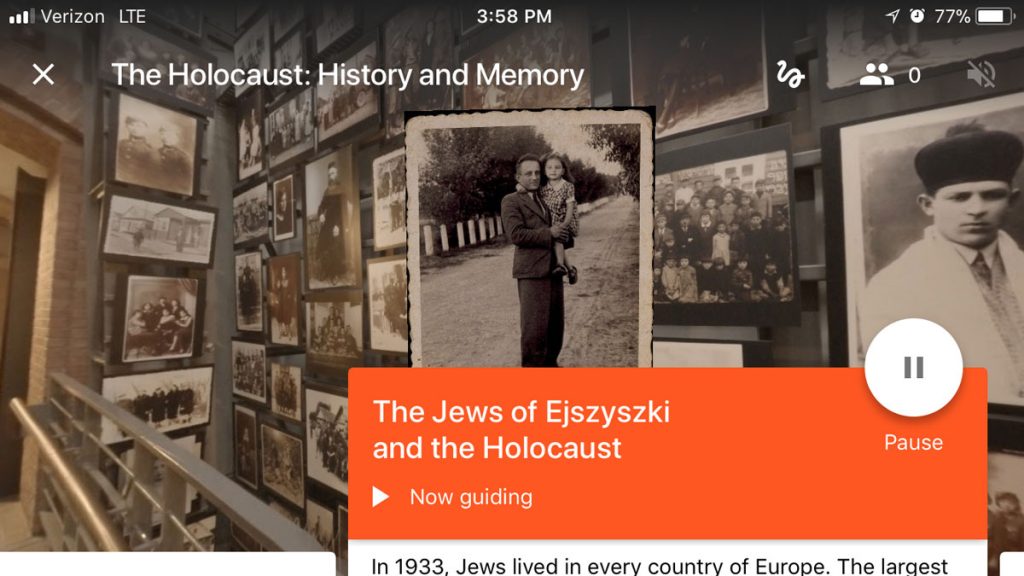
The Holocaust: History and Memory program; Credit United States Holocaust Memorial Museum
Sobering but essential lessons in Washington, D.C. are also offered at the United States Holocaust Memorial Museum. Educators can access museum’s digitized archive of diaries, letters and clothing to present during class, and The Holocaust: History and Memory program provides teachers with lesson plans and 360-degree tours of nine exhibit spaces. Students can see Torah scrolls rescued during Kristallnacht and prisoners barracks from Auschwitz, and they will witness how primary documents are preserved at the Conservation Lab.
National Park Adventures
Simulate the great outdoors with this partnership between Google and the National Park Service, which offers a suite of online adventures to national parks across the country. Each park offers a guided tour of the landscape with a park ranger, and adventures include scuba diving through the biodiverse reefs at Dry Tortugas in Florida and ice climbing through the harsh terrain of Kenai Fjords in Alaska. From a bat colony in Carlsbad Caverns to magma flows in Hawaii, there’s an engaging experience no matter which park you choose.
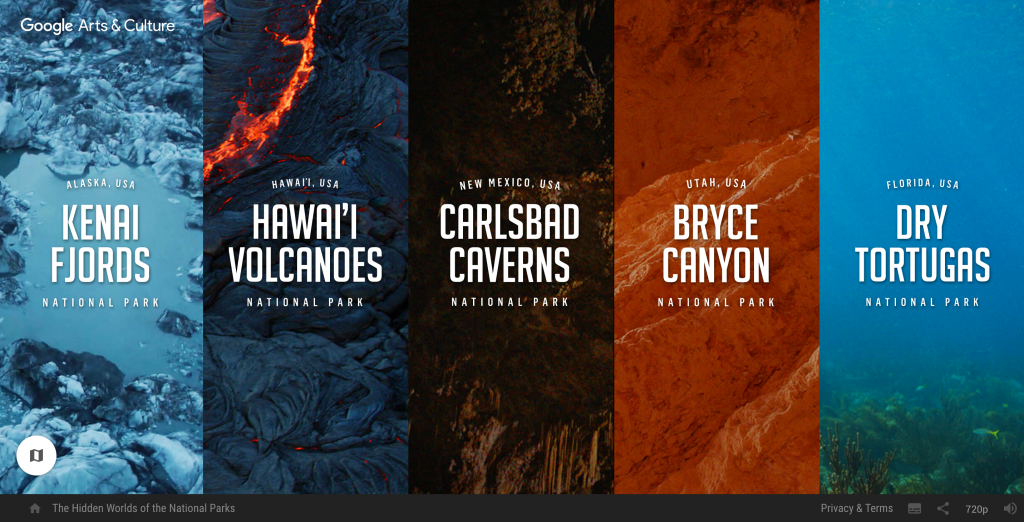
Credit National Park Service
Children’s Museum Opportunities
The Indianapolis Children’s Museum, the world’s largest, has created an incredibly comprehensive suite of lesson supplements for grade school teachers across subject matter. Near-daily Facebook Live events welcome local scientists to discuss paleontology and chemistry, museum curators offer behind-the-scenes glimpses of the expansive mineral collection, and the DIY Science Series explains chemical reactions that students can create with household items. The museum also offers the Classroom Connections Series, standards-approved lesson plans that focus on DNA and cellular biology, and the Museum in Minutes videos to virtually explore the museum.
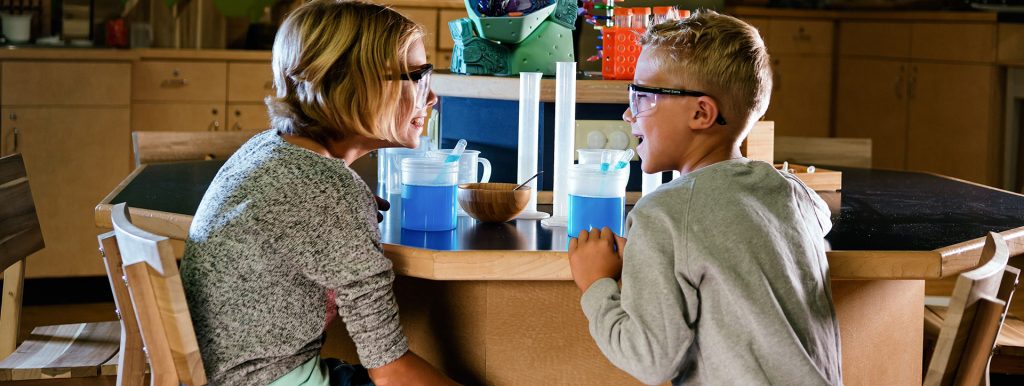
Credit Indianapolis Children’s Museum
Virtual Art Experiences
The Art Institute of Chicago, one of the most acclaimed art museums in the world, can expose classes to ancient artifacts and iconic paintings in their living room. The museum’s Interactive Features allow students to virtually examine a work of art and pairs each example with in-depth supplementary visuals and videos concerning technique and world history. Participants can learn about Western storytelling from Ancient Greek urns, the importance of ceremonies from a West African headdress and the art of war from a Viking sword. Students can also unlock their inner artists with prompts that encourage children over seven how to paint a self portrait, design a suit of armor and create a shadow box.
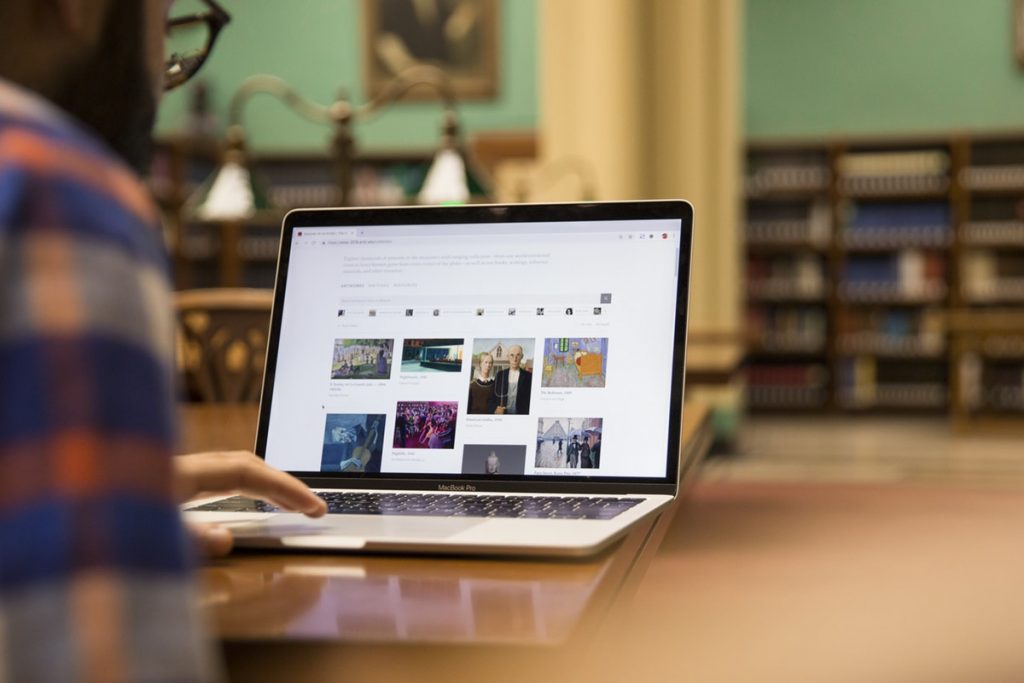
Credit The Art Institute of Chicago
More educational opportunities are offered by Museum of Contemporary Art North Miami, which challenges students to consider two female artists’ work: Cecilia Vicuña’s “Cecilia Vicuña: About to Happen” and French-Mexican Surrealist Alice Rahon’s “Poetic Invocations.” School groups can examine the pieces from 360 degrees and consider femininity in modern art. MOCA also hosts the free Fun Fridays on its social media channels to teach 20th century styles with common household objects. Students can create a De Stijl canvas using construction paper and an M.C. Escher tessellation with with notecards.
Bring Science to Your Living Room
The popular Museum of Science in Boston offers a popular programming slate on its live stream. Free videos for classroom streaming include “Ask a Scientist” (where students can participate in Q&A’s that touch on climate change and the solar system), “Science in Action” (museum guides demonstrate principles like electricity and magnetism) and “Science Snapshot” (where a panel of curators discuss ongoing research in their fields. Teachers can also access modules the Engineering is Elementary (EiE) program, an award-winning series that shows teachers how to apply scientific concepts to their (virtual) classroom. After these sessions, educators can teach their students how to design trash collectors for their home and write basic algorithms for robots.
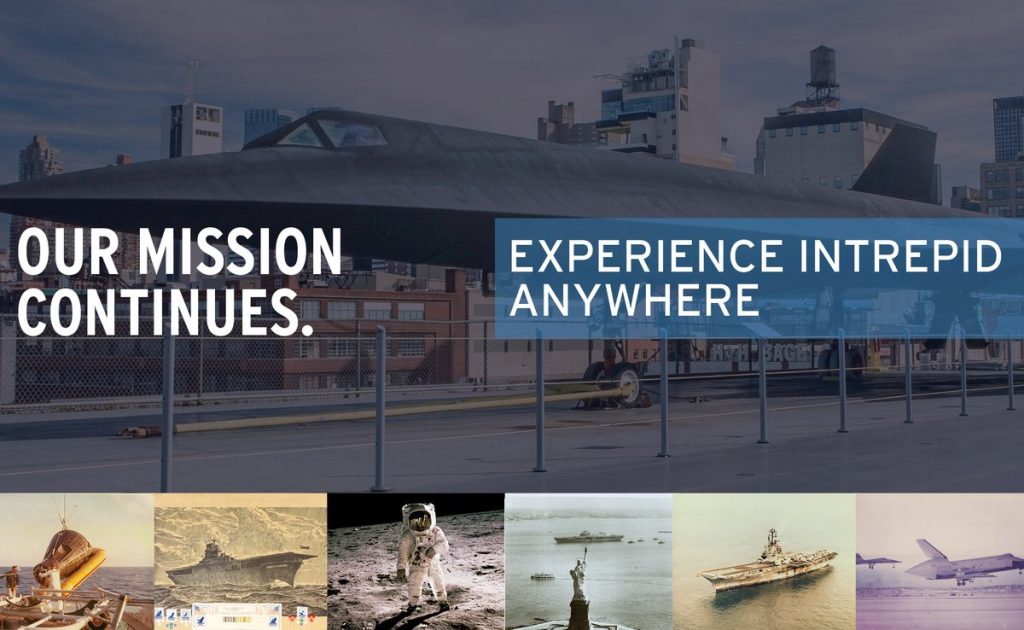
Credit Intrepid Sea, Air & Space Museum
Participatory science presentations are also offered by the Intrepid Sea, Air & Space Museum Complex in New York City. A retired aircraft carrier that houses a space shuttle and cruise missed submarine, the museum hosts the popular Aviation Science program. Classrooms will discuss plane design and how nature influences shape and design before creating their own simple flying machines and testing Bernoulli’s principle of aerodynamics in their living room. Other online programs include Lunar Landers (where students can recreate the physics of the Apollo 11 moon landing with household supplies) and Intrepid in the Pacific (which provides online images and oral history to explore the vessel’s role in World War II Pacific Theater combat).

